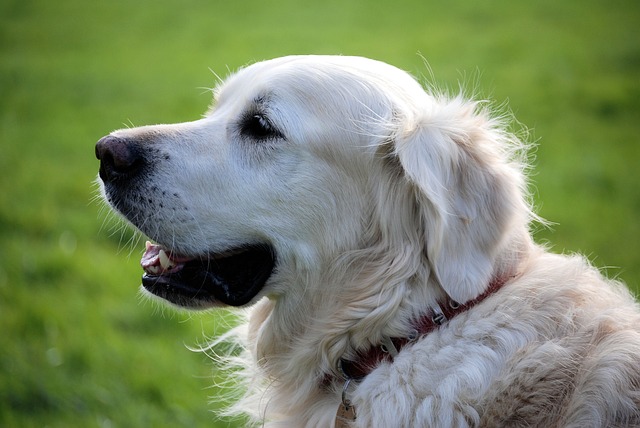
How do i train my dog to be obedient?
Watching your dog dart across the park ignoring your calls isn’t just frustrating—it can put them at risk near busy streets or public spaces.
That frantic burst of energy known as the "zoomies" can be amusing, but when your dog is constantly bouncing off the walls, it becomes a real challenge. A hyper dog isn't being "naughty"; they're often communicating an unmet need, usually for mental and physical exercise or a predictable routine. Before you consider solutions, a quick vet check is wise to rule out underlying health issues that can mimic hyperactivity. Your goal isn't to suppress their spirit, but to channel that energy into calmer, more acceptable behaviors.
The most effective strategy is to trade physical exhaustion for mental stimulation. A long walk around the neighborhood only builds endurance; what truly calms a busy brain is mental enrichment for dogs. This means engaging their powerful sense of smell and their natural problem-solving skills. Before a meal, instead of using a bowl, scatter their kibble in the grass (where permitted) or hide it in a snuffle mat. Teach them a simple new trick like "touch" where they boop your hand with their nose. This type of focused work is far more tiring than a run and satisfies their innate canine instincts, leading to a more settled demeanor.

Your reaction in the moment is crucial. Yelling, holding them down, or any form of physical correction will only amplify their excitement or create fear. The culturally sensitive and scientifically supported approach is positive reinforcement training. When your dog is lying down calmly, even for a second, quietly say "yes" and drop a treat between their paws. You are literally paying them for being calm, teaching them that stillness is valuable. For high-energy breeds in apartments, establishing a consistent daily routine for feeding, walks, and playtime is non-negotiable. Predictability makes their world less anxious and chaotic.
This commitment to a well-exercised and mentally satisfied dog makes you a better neighbor and community member. A dog that has had its needs met is less likely to bark incessantly out of boredom in your apartment complex or lunge on the leash during walks. This makes it easier to adhere to local leash laws and that universal civic duty of always carrying and using poop bags to maintain clean shared spaces. Furthermore, a calmer dog is easier to manage at the veterinarian's office, ensuring you can comfortably keep their rabies vaccination and city license current—a fundamental legal requirement for public safety.
Ultimately, calming a hyper dog is about proactive management, not quick fixes. It's about providing ample mental enrichment, reinforcing calm behavior with treats, and ensuring they have a predictable routine. By investing in these areas, you're not just curbing unwanted behavior; you're helping your dog become the balanced, happy companion they were meant to be.

Watching your dog dart across the park ignoring your calls isn’t just frustrating—it can put them at risk near busy streets or public spaces.

New puppy owners often find themselves rushing to clean up accidents before they set in, and that’s where puppy pad training becomes a game-changer.

If you've noticed your dog's waistline disappearing and your veterinarian has mentioned those few extra pounds, your first instinct might be to simply reduce the amount of food in their bowl.

Training a dog to use a designated spot indoors isn’t as daunting as many new owners fear, but it does take consistency and an understanding of your pet’s needs.

That moment of dread on a walk is all too familiar for many new dog owners. You see another dog approaching down the sidewalk of your neighborhood

If the sight of another dog on your neighborhood walk makes your heart sink as your own dog erupts into a frenzy of barking and lunging, you're not alone.